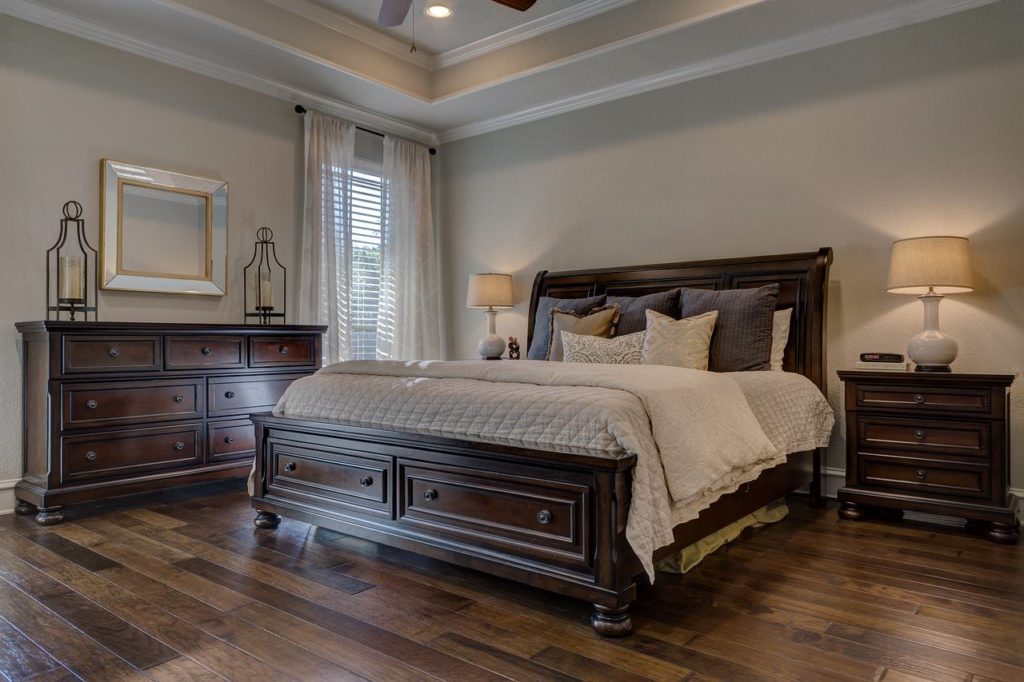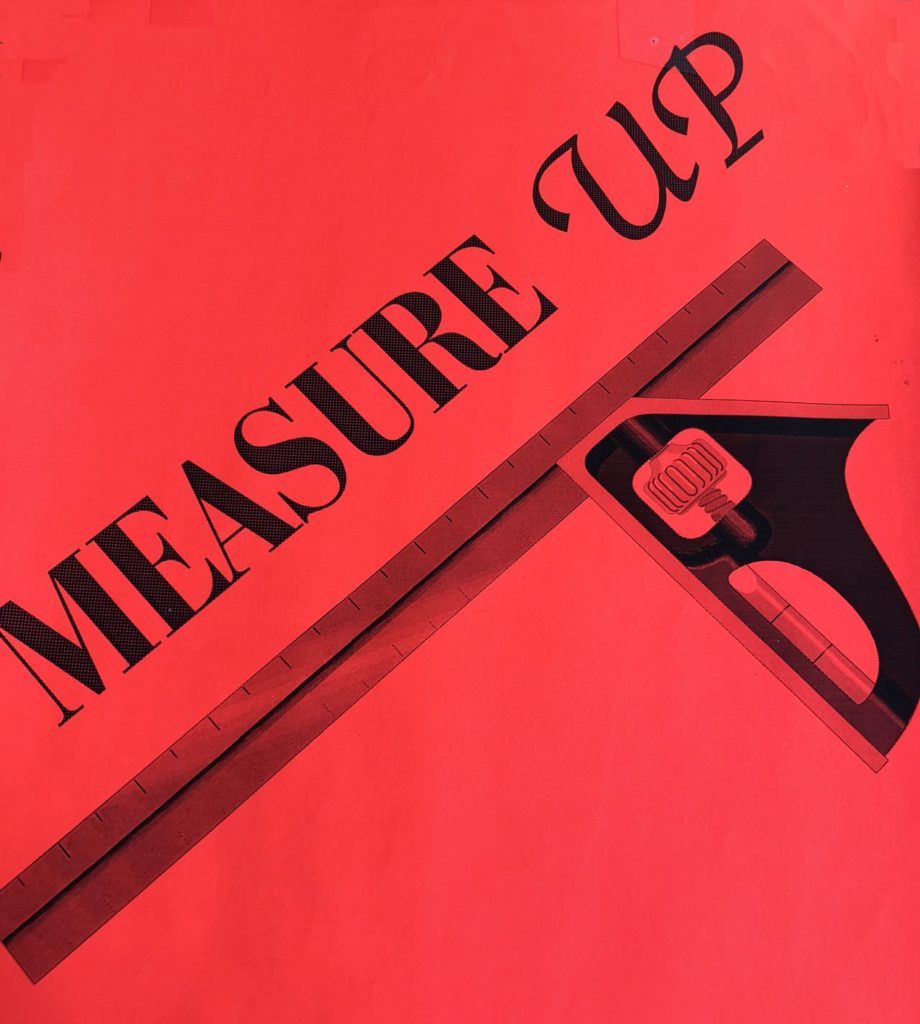
In our last hotel stay, we enjoyed accessibility in the parking lot, at the entrance and service counter, and in the elevator. We could even reach the key card slot for our room. But when we opened the door to our accessible room, we were dismayed.
It wasn’t something silly like the remote on top of the TV or towels on high shelves. No, it was height of the bed. How would we climb onto it? The bed was level with our chest and must have been at least 27 inches tall. At our height of 40 inches, this was an impossible feat. There was no stool in sight and none were available at the front desk.
Want to subscribe to receive blog updates sign up today!
In the last decade, hotels have trended to taller beds, with the top of the mattress ranging in heights from 25 to 30 inches from the floor. Although we borrowed a stool from the gift shop, this solution would not work for people who use wheelchairs. The typical seat height of a wheelchair is 19 inches above the floor. So a bed as tall as 30 inches creates a height difference of nearly one foot! An independent transfer is impossible and standing on a stool is unattainable.
So how could this happen in an accessible room? Doesn’t the Americans with Disabilities Act (ADA) address bed height? Well, not specifically; tall beds weren’t a problem in 1990 when the ADA was passed. As a result, the ADA Accessibility Guidelines (ADAAG) are silent on the subject. Even though ADAAG was updated in 2010, no bed height mandate was added.
However, all is not lost for people with disabilities who don’t qualify for the “Olympic sport” of bed climbing. The hotel can be asked to make reasonable modifications in the assigned guest room. Engineering or maintenance staff can be called to lower the bed by removing the bed frame, box spring, or mattress and replace it with a lower profile mattress.
If the hotel refuses to make the modification, complainants can take this access violation to court. For example, an ADA Title III (42 U.S.C. §§ 12181-12189) lawsuit on inaccessible tall beds, Migyanko v. Aimbridge Hospitality, LLC, was filed in a Pennsylvania federal court on June 7, 2021. Although ADAAG does not cover hotel bed height, both the plaintiff and the U.S. Department of Justice argue that the ADA’s general nondiscrimination requirements apply and require hotels to make reasonable modifications where necessary to provide the hotel’s goods and services to people with disabilities.
Alternatively, a petition can be filed with the U.S. Access Board to change ADAAG to “require bed regulations in wheelchair accessible lodging facilities.” Gina Schuh has started this ball rolling. Her petition to the Access Board on bed design at change.org currently has 87,320 signatures.
So let’s celebrate the ADA’s 31st birthday by putting an end to hotel bed climbing. This is not a “sport” suitable for people with disabilities.
Read more about access issues in the first book of my dwarfism trilogy, Dwarfs Don’t Live in Doll Houses, Chapter 5, At Your Physical Pleasure. Pre-owned copies are available on Amazon and an e-book is coming soon.



